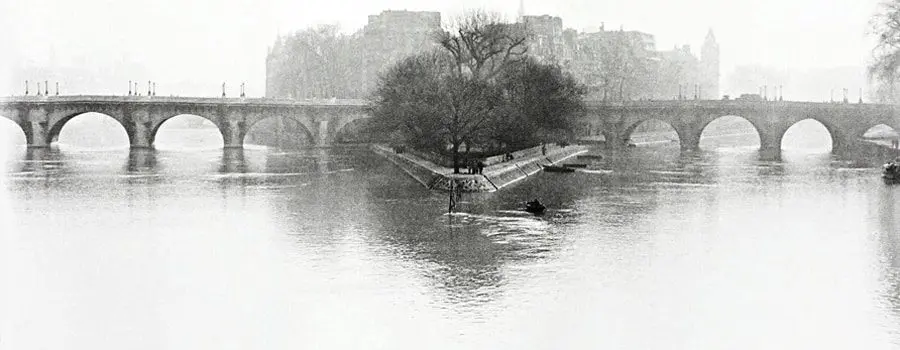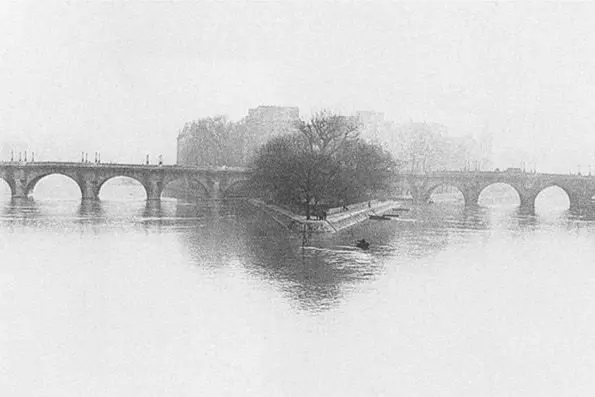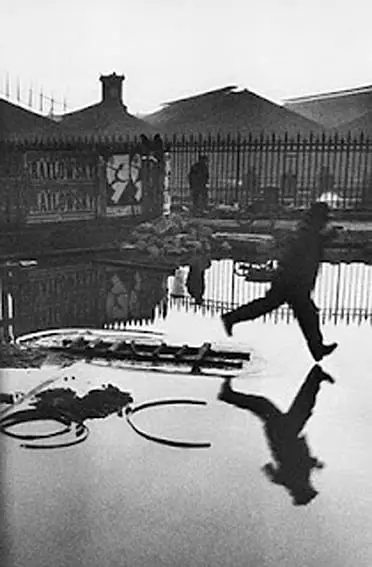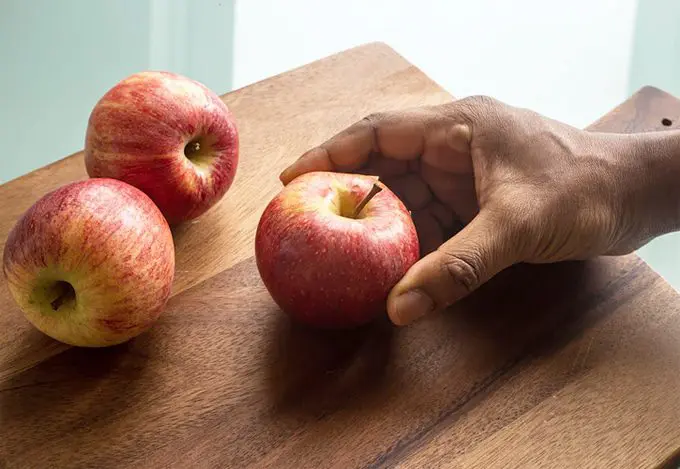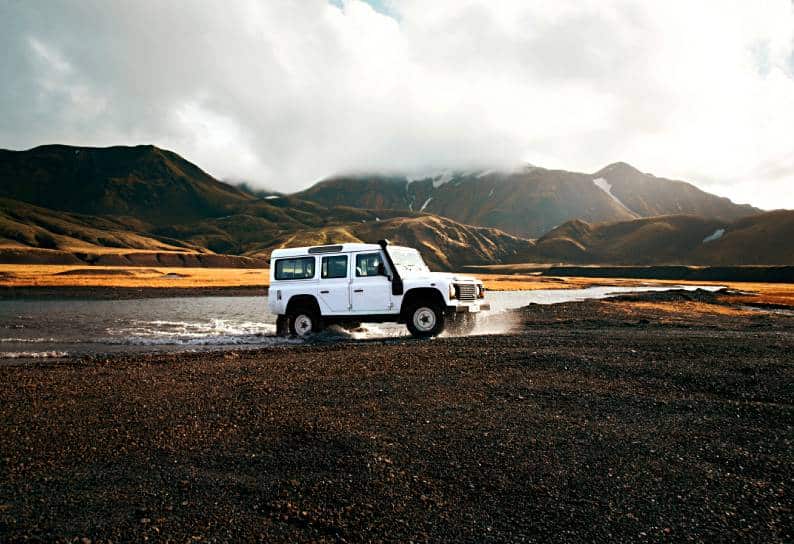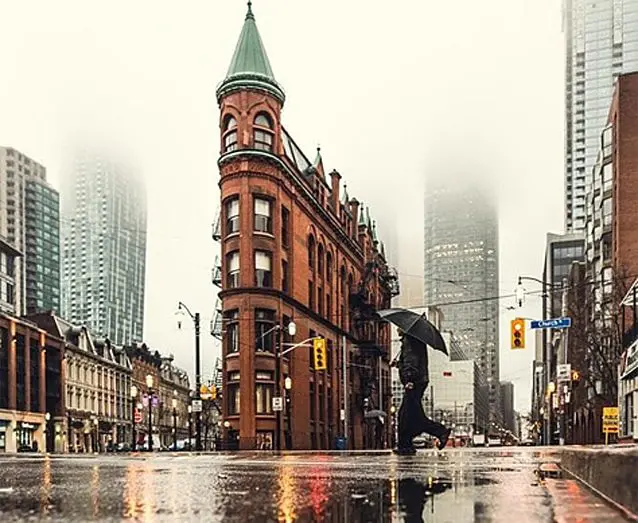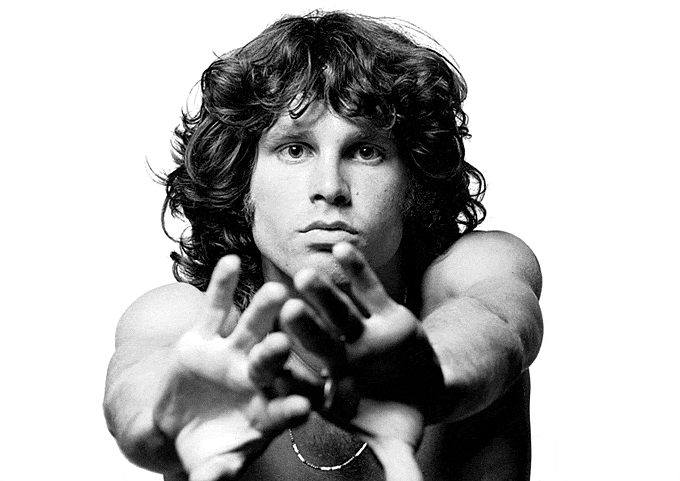by Freddie Reynolds
Much of what I knew about Paris came from friends and family. They told me it was lovely; ‘Paris in the springtime’, they’d say, ‘how lovely’.
They also told me it was expensive – it was – and that I must get a Vélib’ – I didn’t – and that I should watch out for pick pockets in touristy areas – I wished I’d listened as a young girl walked off with my tangerine. They told me about St-Germain and about a popular falafel restaurant in Marais that I had to go to. And they spoke of the Louvre and the Grand Palais and the Centre Pompidou.
We’d talk about how the city lived so closely with the arts and how the scene the city inspires is fixed down to earth by a thousand galleries and museums. And we’d talk of the old greats, now lying as foundations: ‘I’m going to see Jim Morrison’s grave’, I told them all. ‘How lovely’ they’d say.
They pretty much told me everything they felt I needed to know, but no one told me about the Gare Austerlitz, which waved me in stoically; all concrete and steel and pigeons. There’s a Paul, like in London, and a huge sign pointing to the public toilet. People rode their bags and traced departure boards with their squinting eyes and there was not a smile among them so I forced my way through the grey and out to the reviving flow of the Seine. And how the rain came down.
In 1932, one of Paris’s greats, the photographer Henri Cartier-Bresson, sat behind a station on the other side of the city and captured the scene as a man jumped across a puddle. The picture, Derriere la Gare Saint-Lazare, has become one of his best known photographs; the definition of the decisive moment. And behind the leap stand the same design of steel fence that corralled me through Gare Austerlitz eighty years later.
Cartier-Bresson was the other reason I ‘knew’ Paris before I’d even rolled in, thanks to a substantial album of images that he took of his home city. As I too bounced unsuccessfully across the springtime puddles towards my bed for the night in Boucicaut, I pictured him with his Leica, sheltering beneath the bridge arches and fringing the cafes for a moment to capture.
He grew up on Rue de Lisbonne and went to school nearby. In 1945, he famously liberated Paris with the press corps at the Hotel Scribe. The hotel’s still there, but the bar will forever be empty without Hemmingway, Capa and Cartier-Bresson drinking in the corner. His book, A Propos de Paris, is a typical love letter to the city, filled with glimpses of movement, of society, of community: it’s a beautiful chain of decisive moments.
I didn’t visit his home, or his school, but I visited his Paris. I followed his photographs and passed one thousand cafes and a handful of stolen kisses. I strolled along the Seine and remembered one of his most wonderful photographs, Île de la Cité, where a thick white fog adds deep mystery to the city’s well-trodden centre. And, of course, I visited the Fondation Henri Cartier-Bresson where I travelled to Mexico though his photographs in a gallery in Montparnasse. Run in conjunction with a set of photographs by Paul Strand, Cartier-Bresson’s images spoke to people as Strand’s conversed pleasantly with space.
And then I went to find Jim Morrison in the Cimetière du Père Lachaise. As I enjoyed a squashed croissant with the stillness of the dead, I find the words of Cartier-Bresson had followed me there too. He once said that ‘Photography is nothing, it’s life that interest me’. Here, his words ring true among the motionless stones.
As I strolled though the patchwork of stone and dappled sunlight, leaving puddles of crumbs behind, I spotted the grave of Théodore Géricault. It is adorned with the image of his most famous painting The Raft of the Medusa, and I imagined all of Paris’s many dead artists, lying beneath the ground, rising to their feet on a stranded raft, fighting not to live, but to not be forgotten. Here it ’s almost as if life is at its most active, running through visitors’ minds, not flicking through their lenses: the bodies decay, the icons remain. I follow an American couple who took a thousand pictures but the dead move in ways that no camera can ever touch. Or perhaps they see what I cannot.
Later I eat my one remaining tangerine inside of the Centre Pompidou and drink coffee by the Notre Dame. In the evening I walk through St-Germain and have steak frites and thick red wine from Bourgueil and I think of Gare Austerlitz and of everything I thought Paris would be and how I was wrong and how I’ll be back and how my friends and family were right that Paris is lovely. But it’s more, and though it doesn’t take a talent like Cartier-Bresson’s to show you that, it certainly helps.

